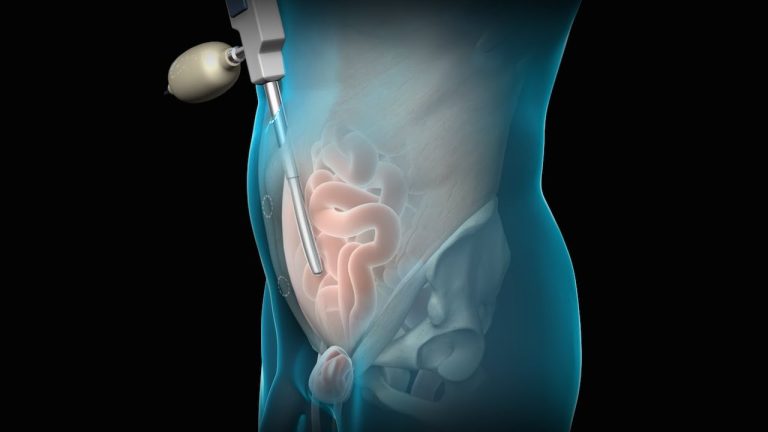
Something constantly worries us – so constantly that we are used to exist in this state and do not even suspect that we are preventing ourselves from living the way we want. Unfortunately, you cannot completely get rid of anxiety, especially in a constantly rushing world, but you can reduce its intensity on your own. In this article, we will show you exactly how to do this.
Table of Contents
How to identify anxiety
It’s worth saying right away that anxiety is a completely normal state that performs the very important function of alerting us to possible danger. And everything would be fine, but modern man is not so often threatened by something in the literal sense, but it seems that there are only more triggers. So anxiety becomes more of a problem than a survival aid. It leads to burnout, chronic stress, and constant fatigue that prevents us from functioning fully.
There are several symptoms that can tell you how anxious you are lately:
- I can’t stop thinking about what has already happened.
- I am worried about what will happen in the future, I am equally worried about tomorrow and what will happen in a few years.
- I feel tired, but I am constantly in an excited state.
- I often “turn off” and can not continue to work.
- I have intrusive thoughts.
If you’ve been experiencing at least a few of these symptoms for a long time, it might be time to slow down a bit and pay more attention to yourself, your mental health, and lifestyle changes that can help reduce your stress levels.
Getting rid of intrusive thoughts
It seems to us that the more we think about the problem, the more likely it is to find a solution or prepare for possible unpleasant consequences. In fact, we do little to help ourselves when we think about what worries us very much. The level of anxiety rises, and even if you have a solution to the problem, this does not mean that you will instantly stop worrying. What to do in such a situation?
Exercise “I have an idea”
When we think about the subject of our anxiety, it is as if we cease to be in the present tense and are transported into the past or future. The exercise helps to return to reality and remind yourself that your experiences are just thoughts, albeit largely justified (but not always).
Think about what’s bothering you and say, “I have a feeling that the conversation with management tomorrow won’t go very well. And that’s just a thought.” Even better, say it out loud, and it will become easier for you to return to the old things and not live in what has not yet happened or has already happened.
The question “What if?”
We are often visited by thoughts that can be formulated through one question: “What if?” What if we’re not right for each other? What if the manager calls to meet in order to cut my salary? Such thoughts appear completely by chance, they cannot be controlled, since they are directly related to our experiences and fears. However, you can develop the habit of always finding an alternative.
Think of a new, positive response to each of your disturbing thoughts. For example, suppose that a meeting with superiors will lead to a promotion, and a possible tense conversation with a partner will end in agreement. It would be useful to treat this with a little humor and imagine a completely absurd outcome: for example, the leader drops everything and moves to the North Pole and leaves you in charge without explanation. By approaching anxiety with humor, you will change the direction of your thoughts and feel a little better. If you do not have enough bright emotions – try some entertainment. For example, the bookmaker 20 Bet.
Concentration on breathing
It’s no secret that in our body all systems are connected with each other. If we are angry, the pulse quickens, and we are in a calm state – it slows down. Obsessive thoughts can make your head hurt, and prolonged inactivity will lead to muscle discomfort, which is why your body will send signals to move with all its might.
In the meantime, a conscious focus on breathing will backfire: if obsessive thoughts lead to rapid breathing, then calmness will relieve unnecessary stress. Your task is to slowly inhale and exhale, concentrating on this process. Think about how the chest fills with air and releases it. Repeat several times until breathing returns to normal.







